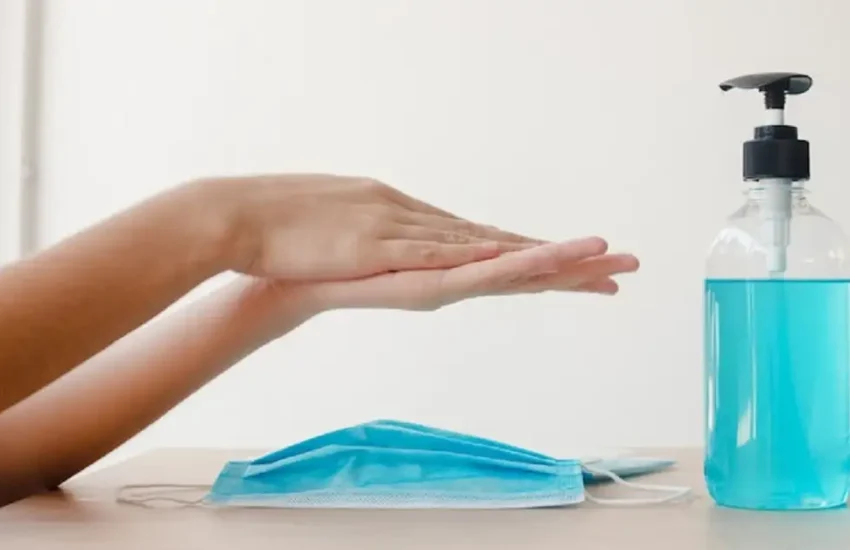How Do Early Interventions Improve Outcomes for Individuals with Cerebral Palsy?
Early intervention plays a crucial role in improving outcomes for individuals with cerebral palsy by enhancing motor function, cognitive development, and overall quality of life. Cerebral palsy is a neurological disorder that affects movement, muscle tone, and coordination, often leading to long-term physical and developmental challenges. By implementing targeted therapies and support systems at an early age, individuals with cerebral palsy can experience significant improvements in their abilities and independence.
Importance of Early Intervention
Early intervention refers to the use of therapies, medical treatments, and educational support designed to help children with cerebral palsy reach their full potential. The brain has a high degree of plasticity during infancy and early childhood, meaning that targeted interventions can help develop new neural pathways to compensate for areas affected by cerebral palsy. Early treatment can lead to better motor skills, communication abilities, and overall well-being.
Types of Early Interventions
Physical Therapy
Physical therapy is one of the most effective early interventions for cerebral palsy. It helps children build muscle strength, improve coordination, and develop balance. Techniques used in physical therapy include:
- Strengthening exercises to enhance mobility
- Stretching routines to reduce muscle stiffness
- Gait training to improve walking patterns
- Assistive devices, such as braces or walkers, to support movement
Occupational Therapy
Occupational therapy focuses on developing fine motor skills, daily living activities, and adaptive techniques. This therapy helps children with cerebral palsy perform tasks such as dressing, feeding, and using tools for communication. Early occupational therapy can significantly improve a child’s ability to function independently.
Speech and Language Therapy
Many children with cerebral palsy experience difficulties with speech and communication due to motor impairments affecting the muscles in the mouth and throat. Speech therapy can help improve verbal communication, swallowing ability, and the use of alternative communication methods such as sign language or communication devices.
Medication and Medical Treatments
Early medical interventions, including the use of muscle relaxants and botulinum toxin injections, can help manage spasticity and reduce muscle stiffness. In some cases, surgical procedures may be recommended to correct skeletal or muscular abnormalities that hinder mobility and function.
Educational Support and Special Education
Children with cerebral palsy may face learning difficulties, making early educational support essential. Special education programs can be tailored to meet individual learning needs, incorporating assistive technology, adaptive teaching methods, and individualized education plans (IEPs) to maximize cognitive development.
Benefits of Early Intervention
Early interventions offer a range of benefits for individuals with cerebral palsy, including:
Improved Motor Function
By starting physical and occupational therapy at an early age, children with cerebral palsy can develop better control over their movements. This can enhance their ability to walk, use their hands effectively, and participate in daily activities with greater ease.
Enhanced Cognitive and Communication Skills
Early engagement in speech therapy and specialized educational programs helps children develop stronger language and cognitive abilities. This leads to improved social interactions, academic performance, and overall communication skills.
Increased Independence
Intervention programs that focus on adaptive skills allow children with cerebral palsy to become more self-sufficient. Learning how to dress, eat, and perform daily tasks independently boosts confidence and prepares them for a more autonomous future.
Reduced Secondary Complications
Without early intervention, children with cerebral palsy may develop complications such as joint deformities, muscle contractures, and difficulty with mobility. Early therapy and medical treatments can help prevent or minimize these issues, improving long-term physical health.
Better Emotional and Social Development
Children who receive early intervention often have higher self-esteem and better social interactions. Support from therapists, educators, and family members creates an encouraging environment where children feel motivated to achieve their goals.


